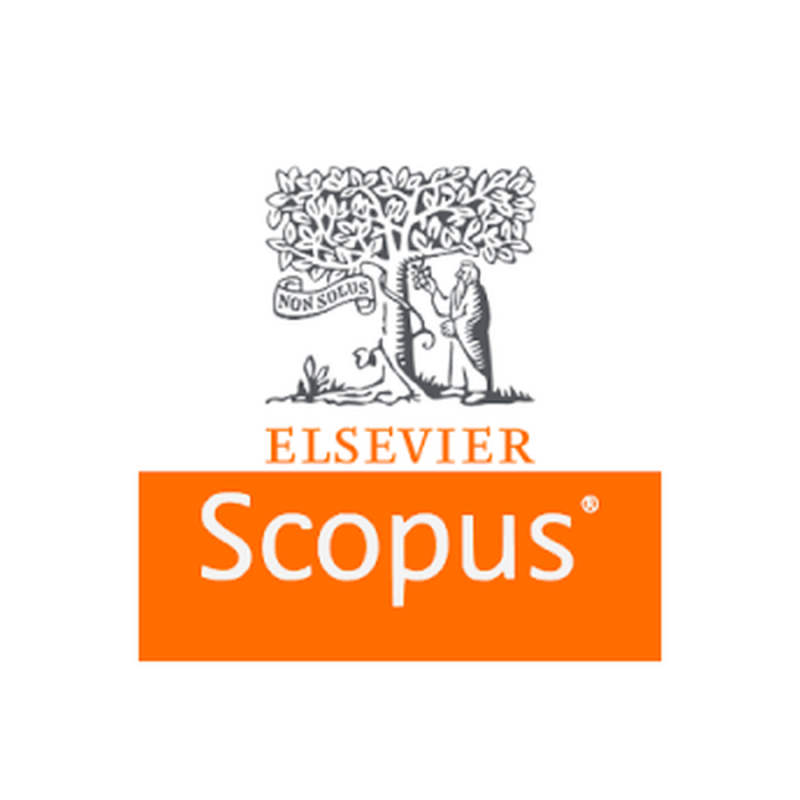Biostratigraphy and Systematic Palaeontology of Late Cretaceous Heterohelicidae Foraminifera from Kurdistan Region North-eastern Iraq
Abstract
The biostratigraphical importance and systematic palaeontology of Early Turonian to Early Maastrichtian Heterohelicidae Planktic foraminifera from Kurdistan region, NE Iraq are described. Some 24 species from 11 genera are recorded. Species abundance and diversity increase from the Early Turonian to Early Maastrichtian, perhaps signifying cooler sea temperatures in the Arabian sector of the Tethys Ocean during the Early Maastrichtian. Despite the long biostratigraphical ranges of some species, the importance of the biserial and multiserial Planktic foraminifers in Late Cretaceous biostratigraphy is emphasized. From a biostratigraphic perspective, heterohelicids are important for the definition of the Campanian-Maastrichtian boundary in Kurdistan region, with Planoglobulina species being especially important in this respect, as they are in Iran, Turkey and North Africa.



